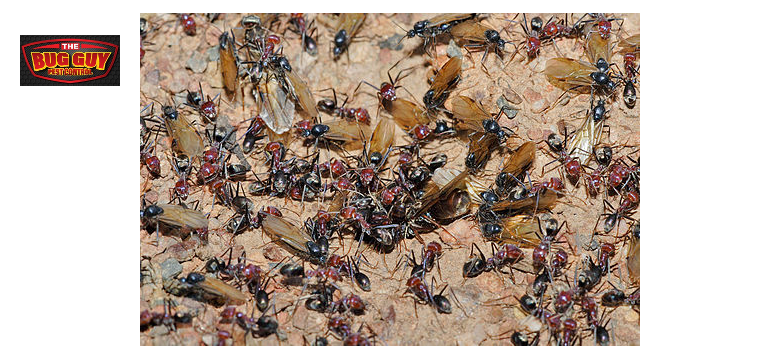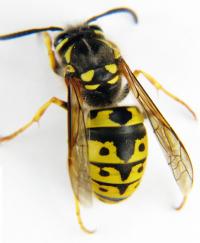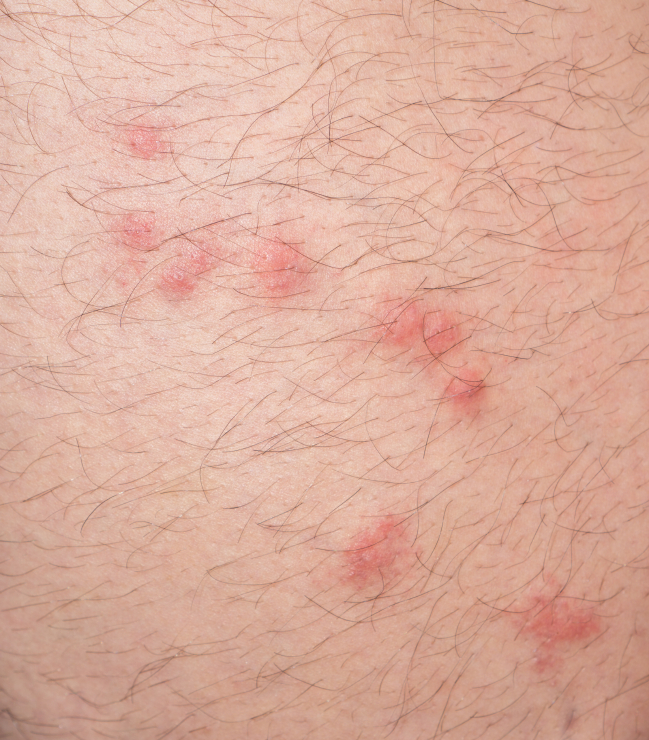
by The BugGuy | Dec 3, 2018 | Insects, Pest Control
Pest Control OKC talks about common winter pests Winter is here and the pests are looking to make a nice warm winter retreat within the walls of your home! Most insects will die off in the winter or go into hibernation, but some species will look for a warm, dry place...

by The BugGuy | Aug 8, 2018 | Ants, Insects, Pest Control, Season Changes
Flying Ant Day 2018 Came Early this year. What should we expect come fall/winter? Since flying ant day came early this year the diligent ants have had more time to work and multiply. This could cause an increase in home infestations as the weather cools down this fall...

by The BugGuy | Jul 11, 2018 | Insects, Pest Control
Bees and Wasps Bees and wasps are most active during the warmer months in Oklahoma City and can be a nuisance to any lover of the outdoors. Their stings can bring an end to an enjoyable summer event quickly! For most, a bee or wasp sting will cause pain, redness, and...

by The BugGuy | May 2, 2018 | Insects, Pest Control, Uncategorized
It’s raining, it’s pouring, now the mosquitoes are swarming! In this article we will discuss some simple steps to help deter our needle-nosed friends. April showers bring Mosquitoes! Mosquitoes are definitely in the top ten most annoying creatures on the...

by The BugGuy | Apr 25, 2018 | Bed Bugs, Cockroaches, Insects, Pest Control
Pest Control OKC: What do other pests do in the winter? Pest Control OKC has a few more pests behaviors that let them survive the winter and come back to annoy you in the summer. Mosquitoes: Spend any time outdoors in the summer and you will eventually catch a bite...

by The BugGuy | Apr 11, 2018 | Cockroaches, Fleas, Flies, Insects, Pest Control, Spiders, Termites, Wasps
Pest Control OKC: How to protect a summer home from infestation You work hard, you save up, and your finally able to afford a summer home somewhere nice. But then you get there to enjoy a vacation you find it overrun with pests! What can you do to make sure that...







